AU & NZ travelogue: conclusion
davidrt28 (zone 7)
7 years ago
Featured Answer
Sort by:Oldest
Comments (17)
davidrt28 (zone 7)
7 years agolast modified: 7 years agodavidrt28 (zone 7)
7 years agolast modified: 7 years agoRelated Discussions
Can I safely can kiwi jam?
Comments (20)Seysonn, Here's a few examples. Not of kiwi in all cases, but the basic problem of not verifying what "experts say" on the Internet or taking statements out of context: Wikipedia's article on Vinegar - surely an authority, yes? "The pH of apple cider vinegar is typically between pH 4.25 and 5.00 if undiluted." Or you see one of those little excerpts under a returned search engine link that reads "The kiwi fruit has an average acidity measured at 9.5 pH." or "...kiwifruit...pH of 5.0 to 6.5..." Um, really? 1st example is dead wrong and the second is taken out of context highlighting only search terms and references a soil pH for growing kiwis. Does everybody click on the link to read the WHOLE article? Not likely. Then you get into the whole alkaline vs. acid food thing where the food ash (after you digest it) is determined to be alkaline (good) or acid (bad) . Like this one: ALKALINE FRUITS Apples and Cider Apricots Avocados Bananas (speckled only) Berries Breadfruit Cacius Cantaloupe Carob - pod only Charlmoyes CRANBERRIES Cherries Citron Currants Dates Figs Grapes Grapefruit Guavas Kumquats Lemons - ripe Limes Loquats Mangoes Melons, all Nectarines Olives, sundried Papaya Passionfruit Peaches Pears Persimmons Pineapples PLUMS Pomegranates PRUNES & JUICE Quince Raisins Saponins Tamarind Tangerines Tomatoes Are they "wrong"? In some cases, blatantly so. In others, acid vs. alkaline are used in a different context than we use here for determining safe canning procedures. I'm sure, when you do your own research, you will find many more alleged examples. This post was edited by malna on Tue, Nov 5, 13 at 9:36...See MoreBackyard Blitz
Comments (70)Greg wrote: Nathan, these sorts of examples are broadly accepted and acted on by environmental scientists, governments, CSIRO, government land managers, Greening Australia, conservation organisations and now many farmers. You can't seriously be suggesting that they are all be acting on flawed logic and false assumptions! Goverments have a good record of doing things for reasons other than logic. I am constantly amazed how people do the wrong things for all the right reasons. Just the other day in my work I discovered that the 'right way' to solve a certain computer algorithm was slower than another way known about for even longer. After a certain point behaviour becomes entrenched and self-catalysing even when it is known to be wrong. Nathan I reckon that no matter what evidence or logic anyone puts in front of you it will not change your mind because it doesn't fit your own belief system. Au contrair, I am far more likely to change my belief system than you. As I said, I used to believe what you believe, but then I began to doubt the fundamental assumptions. I notice that you still haven't managed to write an argument. Is it too hard? Robert wrote: There is an obvious philosophical line and/or point of view, that goes through Greg's posts. It may well be one that we disagree with, but it is clearly there. There was an obvious philosophical line etc from Stalin. It is possible to be convinced about one's beliefs and yet be wrong. It is also possible to write scientific papers, and be wrong. Sometimes people even retract their statements, but this seems to be very much in a minority. Nathan, consistant ridicule and condescension might satisfy your ego but it unfortunately inhibits constructive debate. Actually, as far as I can tell, I've been trying to have constructive debate, but it's hard to debate when the counterviewpointholders don't even know what they're arguing for. I've tried asking indirectly, I've tried asking nicely, I've tried giving hints and even suggesting methods and started writing greg's argument for him. But he refuses to actually state his cause. How can one have a constructive debate when one isn't sure what the other person's reasoning is, and when at the same time, one feels that that person's actions are illogical and harmful? Whether the issue is the threat of exotic garden plants becoming weeds and therefore their resultant impact on biodiversity or whatever native plants we plant and where we plant them, bludgeoning someone who has not provided the right words for you, is unhelpful. You mean saying things like 'in the big picture you are irrelevant' and 'Clearly there are people in this forum who are not 'converted''? I'm just asking for a simple sketch of why greg believes that we should grow indigenous only gardens with base beliefs, middle deductions and final conclusion. There is no 'right words' about it. Lets say I were a medical scientist, and I......See More"Tai Haku" Great White Cherry Tree
Comments (11)Genetic backgrounds of most Japanese cherries of garden origin are not known, some kinds are more than 1,000 years old. Some are hybrids, others can be seen to be variations of particular wild species. The practice of leaving out parental designations when referring to Sato Zakura not known to belong to specific crosses with their own epithets is the same as with numerous other garden plants including garden roses and flowering crab apples. In the old days western botanists gave Japanese cherries of garden origin (and various other newly described plants of garden origin) botanical names, as though they were wild species. For instance the name Prunus serrulata Lindl. (P. serrulata 'Alboplena') refers to a specific, double flowered garden cherry* introduced from Canton in 1822. And is not, therefore applicable to any other Sato Zakura. As in it being used as part of a combination indicating a cultivar is a pure form of it. P. serrulata 'Tai Haku' for instance. That would only be a valid combination if there actually was a pure species P. serrulata Lindl., of which 'Tai Haku' was a non hybrid variant. Since P. serrulata Lindl. is itself a horticultural variant - to which many of them are not even known to be related - it is never correct to list other Japanese cherries of garden origin as cultivars of it. *And is still in use, despite being inapt...See MoreBunya Mountains, Qld
Comments (4)"I'm surprised he didn't recognize it though; they are both pretty well-known plants." So was I! Although when I mentioned that an edible nut came from it, he vaguely recalled having heard of such trees being native to Australia (i.e., edible nut conifers), but said he'd never heard of them being sold in supermarkets and only at places like craft fairs, etc. He said a friend of his was more into "bush foods" (? I think that is the term you use down there for edible natives) and would surely have recognized it. It was only 1m high so just looked like a prickly shrub of course. He seem to best know the native showy plants like Illawarra flame tree, etc. I'm not planning any write-ups beyond the ones already posted to GW: Oohh heaven is a place on Earth (apologies to Belinda Carlisle) AU & NZ travelogue: conclusion And on GOTE: http://growingontheedge.net/viewtopic.php?f=2&t=10292...See Moredavidrt28 (zone 7)
7 years agolast modified: 7 years agodavidrt28 (zone 7)
7 years agolast modified: 7 years agodavidrt28 (zone 7)
7 years agolast modified: 7 years agodavidrt28 (zone 7)
7 years agolast modified: 7 years agodavidrt28 (zone 7)
7 years agodavidrt28 (zone 7)
7 years agolast modified: 7 years agoshaxhome (Frog Rock, Australia 9b)
7 years agodavidrt28 (zone 7) thanked shaxhome (Frog Rock, Australia 9b)
Related Stories
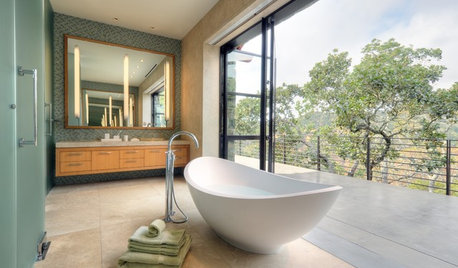
BATHROOM DESIGNDream Spaces: 14 Fabulous Indoor-Outdoor Bathrooms
Disappearing walls put these baths in Mother Nature’s lap, counting tranquil views and fresh air as the best luxuries of all
Full Story


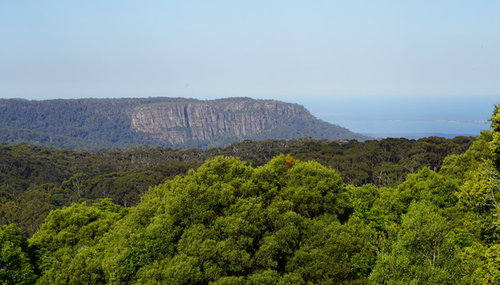
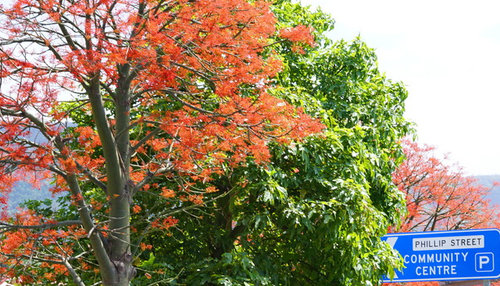
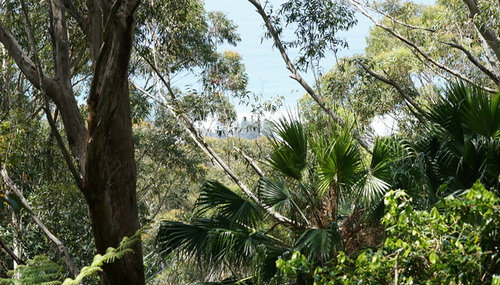
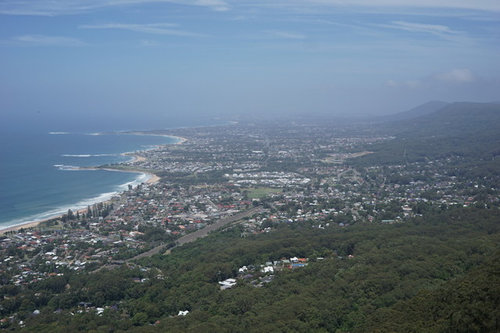
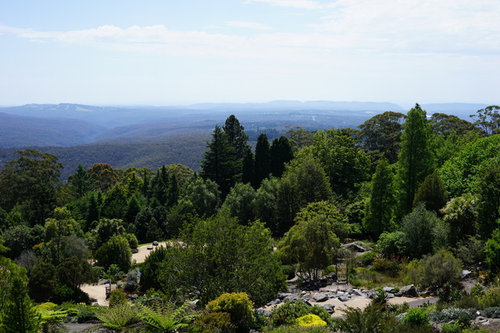
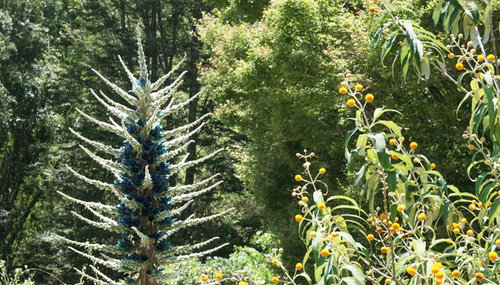
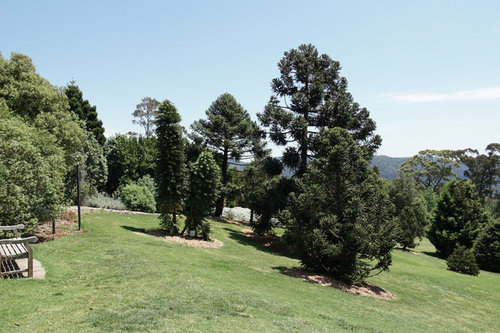
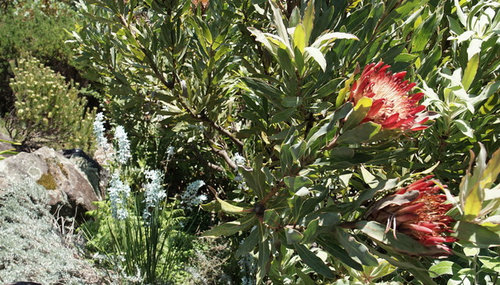
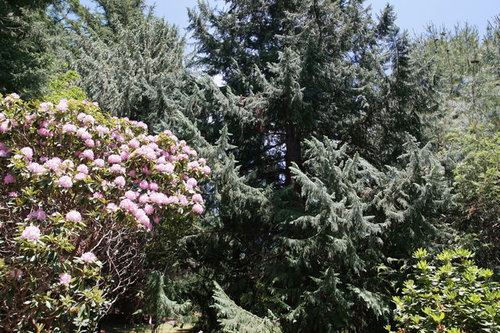
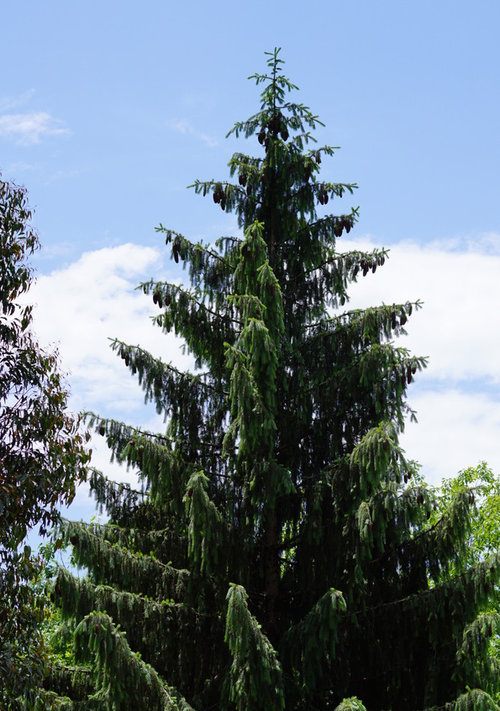
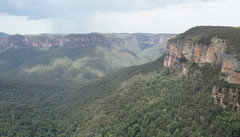
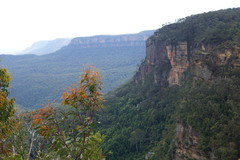
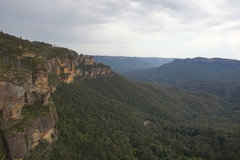
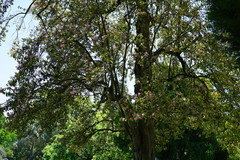
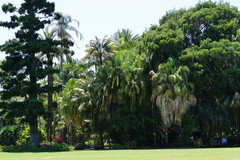
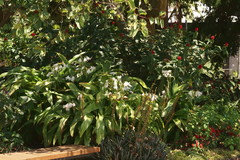
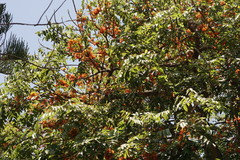
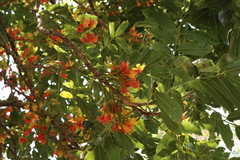
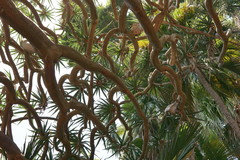
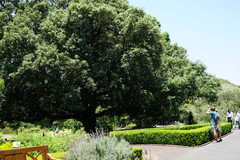
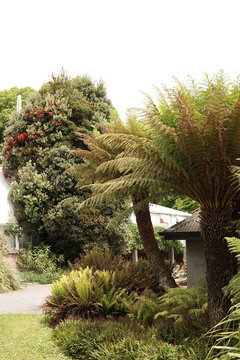
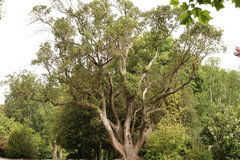
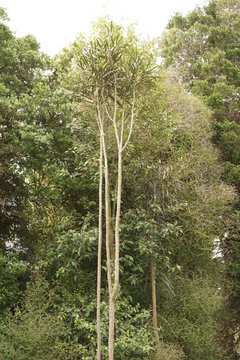
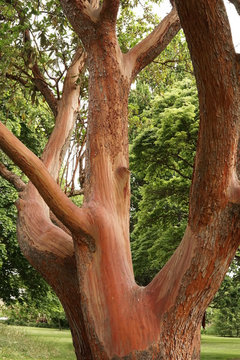
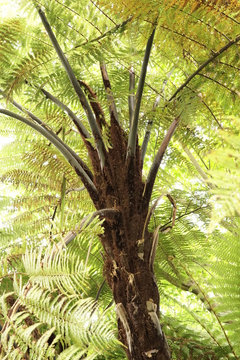
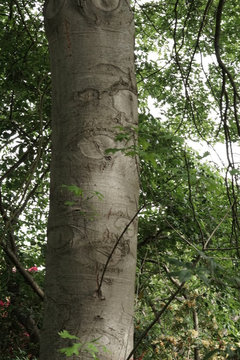
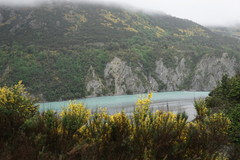
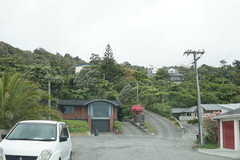

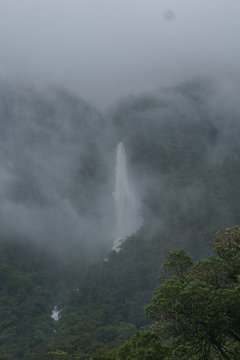
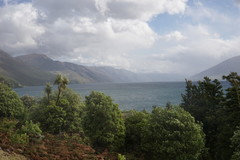
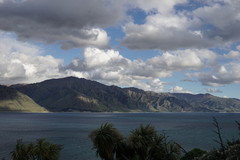
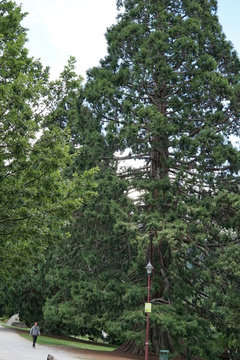

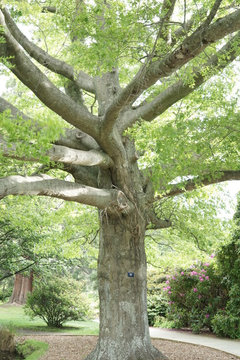
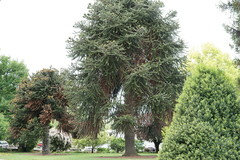
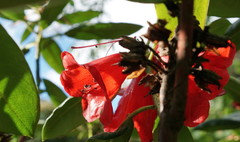

philinsydney1